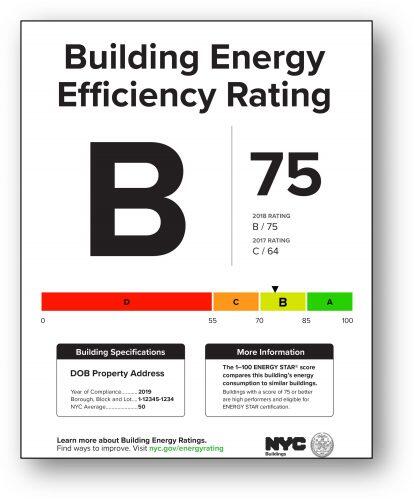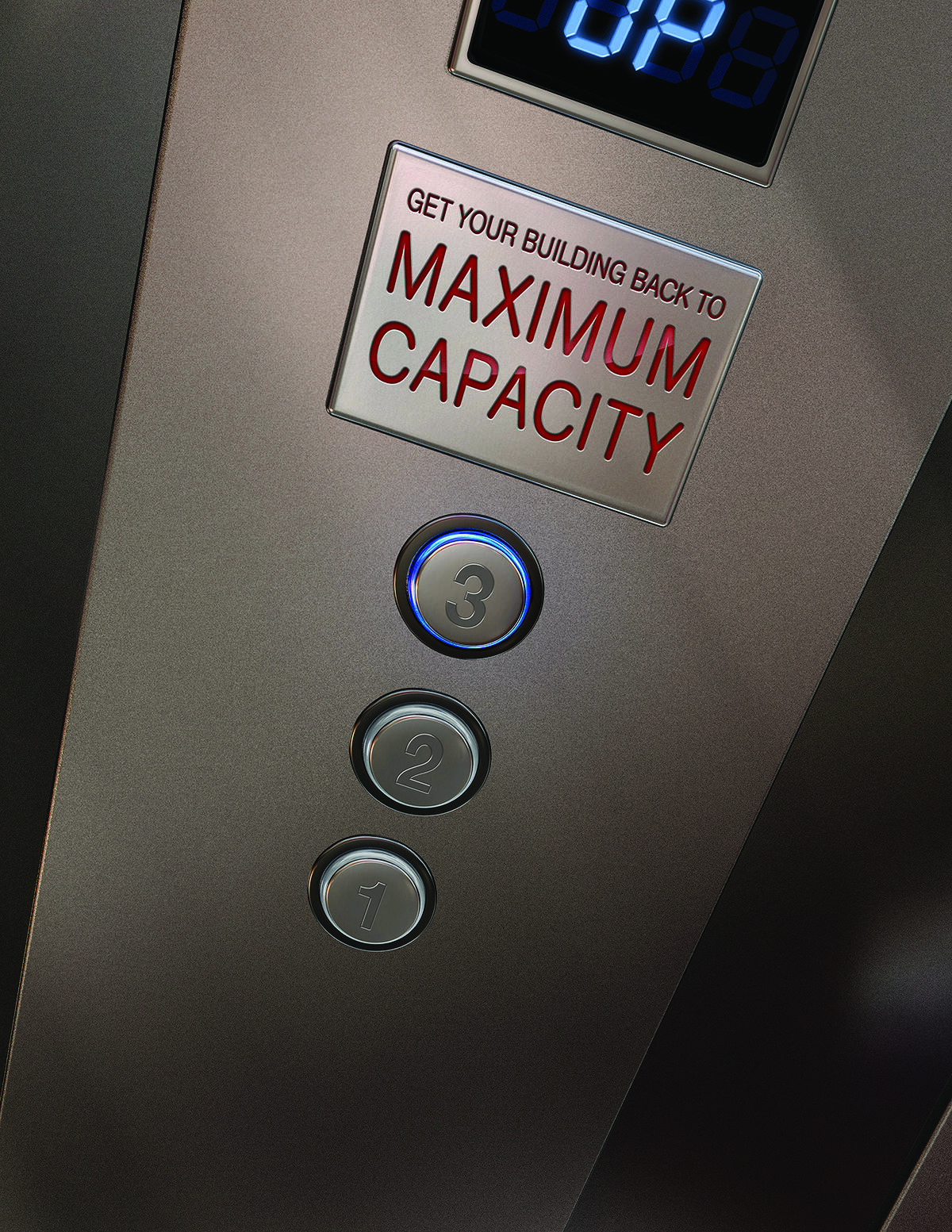Three flash floods in the span of two months last fall in New York City serve as another example that the effects of climate change are here to stay for the foreseeable future. Recognizing that buildings account for 70% of the city’s greenhouse gas emissions—the impetus behind New York’s ambitious benchmarking law—multifamily property owners have a unique opportunity to not only comply with the regulations but lead the charge in energy efficiency.
The reasons go far beyond just compliance. It also would improve the well-being of your tenants, the financial performance of your building and, ultimately, the health of the planet.
With so much at stake, the importance of compliance is clear. And it doesn’t have to be daunting. National Grid offers an array of resources to make the benchmarking process as easy as possible, from incentives that help defray the cost of equipment upgrades to the services of a dedicated project manager who will guide you every step of the way to greater energy efficiency.
Keep reading to learn about the progress New York City’s buildings are making toward a greener future and how National Grid’s Benchmarking Program can help.
It’s time to step up the pace.
Passed in 2009 as part of the Greener, Greater Buildings Plan, New York City’s benchmarking law was the first to be implemented in the U.S. More than 35 jurisdictions and counting have since adopted their own benchmarking ordinances, but New York City’s remains the largest by far.
And it’s working. Among buildings that have regularly benchmarked, emissions have fallen 23% over 10 years, according to New York City’s Energy and Water Use Report (December 2020). But that pace won’t be enough for the city to meet its aggressive goal of an 80% reduction by 2050. To do so will require a determined commitment from the building sector, and in particular owners of multifamily buildings, which account for more than two out of three benchmarked properties and collectively use more energy and water than any other building type in the city.
Making the grade.
Property owners and managers whose buildings meet the benchmarking criteria are required to annually measure and submit their energy and water consumption data to the city using the United States Environmental Protection Agency’s online benchmarking tool, ENERGY STAR® Portfolio Manager®. They are then assigned an energy-efficiency grade on a scale from A to D (F is reserved for those who fail to submit data). Last year marked the second year buildings were required to display that grade prominently near a public entrance, clearly visible to tenants, passersby and potential investors.

How does your building stack up?
If your building is like the majority in the multifamily sector, your ENERGY STAR grade likely leaves room for improvement. In fact, in 2019 only 14% of multifamily buildings scored an A, while 35% earned a B or C and 51% a D. Now is the time to work on raising that grade—before the city starts levying fines in 2025.
Avoiding penalties isn’t the only benefit of improving your score. A good grade can also boost your building’s reputation, making it more attractive to tenants who prioritize sustainability—and appreciate paying less for utilities. It could also make a difference to those who, in the age of COVID-19, associate a cleaner building with a healthier living environment.
Meanwhile, energy-efficiency equipment upgrades lead to lower energy usage, which, combined with National Grid incentives, can significantly offset the capital costs of those upgrades. Here’s how.
National Grid’s Benchmarking Program
Whether you’re navigating the benchmarking process for the first time or working to raise your grade, this new program gets you there in three steps. Through our partnership with Leidos, we’ll assign your building a dedicated project manager who will analyze your score to help you better understand how your building uses energy, identify opportunities for greater energy efficiency through upgrades and incentives, then arm you with a road map to improvement.
Understand your score.
Your project manager will determine your building’s current energy efficiency using its existing ENERGY STAR score or, if you haven’t yet benchmarked your building, guide you through that process.
Identify upgrades and incentives.
Next, we’ll provide you with a detailed report with energy-efficient upgrade recommendations for your specific building. These range from easy, quick fixes that can be accomplished at low or no cost in the short term to larger upgrades that require more planning and a bigger investment. We’ll also help you find and secure the best National Grid incentives for your project to reduce your initial investment and shorten the payback period. The following incentives are currently available for multifamily buildings:
- Direct Install Program: A great place to start for owners who need financial assistance, these incentives include no-cost things that can be done right away, like installing low-flow bathroom and kitchen faucet aerators, high-efficiency showerheads and thermostatic shut-off valves in each dwelling unit.
- Prescriptive Program: This program provides incentives for small-equipment upgrades, so you know your cost upfront. It includes hydronic boilers, condensing boilers, Wi-Fi thermostats, boiler reset controls, insulation measures, steam traps and thermostatic radiator valves.
- Custom programs: National Grid will cover up to 70% of the cost of certain preapproved projects specific to your building. This one-time incentive is based on estimated first-year savings, and maximum incentive caps apply. Among the custom projects covered by the incentive are energy-monitoring systems, heat-recovery units, large heating equipment, condensing water or other custom water-heating projects, and more.
Create an action plan.
Once we’ve identified the right upgrades and incentives for your building, your project manager will develop a pipeline of opportunities to get you to your goals. With its clear-cut steps, this action plan is a great tool for securing board approval for your energy strategy, laying out the case for how the improvements will resolve specific pain points and the positive impact of the investment on tenant satisfaction and building value.
Ready to start?
Take that first step to a greener building—and get in front of the May 31 benchmarking deadline—with a call to National Grid’s energy partner, Leidos, at 877-370-5043 or email benchmarking@leidos.com.

